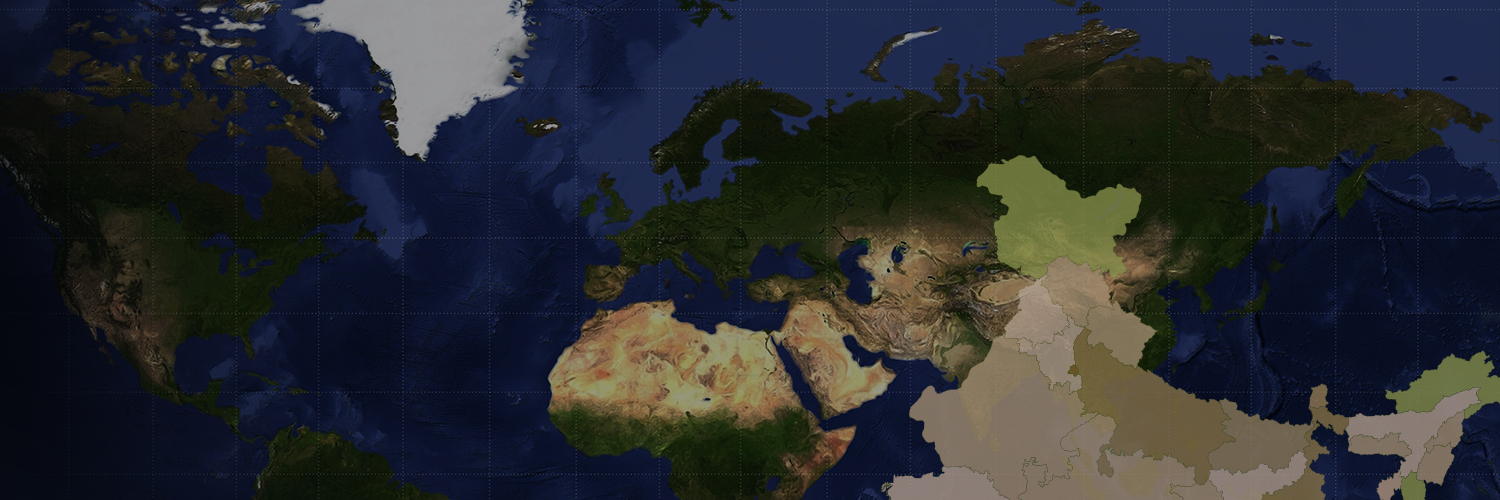
The river system of an area is called drainage. Drainage basin is the area drained by a single river system. Drainage basins are separated by upland areas or elevations. The world’s largest drainage basin is of the Amazon River.
The streams within a drainage basin form certain patterns, depending on the slope of land, underlying rock structure as well as the climatic conditions of the area. These are dendritic, trellis, rectangular, and radial patterns.
The Indus River System
The Ganga River System
The Brahmaputra River System
The Narmada Basin
The Tapi Basin
The Godavari Basin
The Mahanadi Basin
The Krishna Basin
The Kaveri Basin